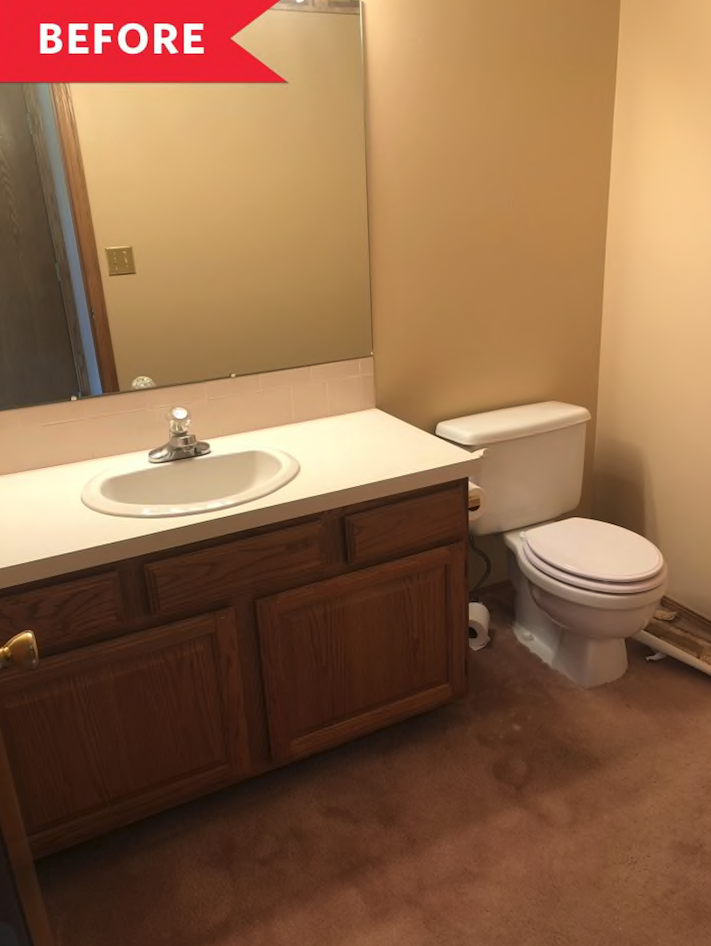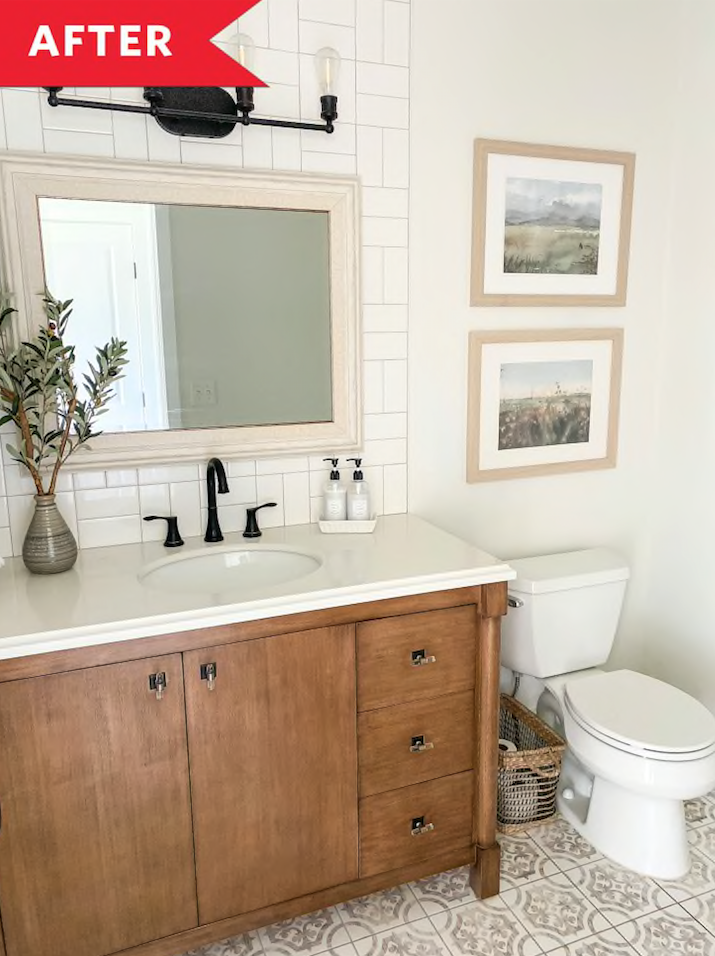The Messy Middle


Everyone loves a good Before/After picture. Some grimy basement gets transformed into a beautiful guest bedroom. A rotting front porch becomes a gorgeous outdoor gathering space. The more disgusting and poorly lit the first picture, the more gratifying it is to see the reveal of the second. What is it about these transformations that so captivates us?
I don’t have a lick of interior design skill, but I love perusing design blogs for that hit of renewal and renovation. There’s something about seeing a terrible space turned into a hospitable one that gives me hope. If someone on the internet can turn their moldy bathroom into a calming spa, then maybe there’s hope for my bathroom too?
More than my own space, though, I dream of the Befores and Afters in my city. I want to see the vacant lot go from weedy and empty to being a beautiful new storefront. I want to see that falling-down house transformed into a welcoming family home for neighbors.
But the Befores and Afters only tell a small piece of the story. If we just look at those two images on their own, we miss the messy in-between process that has to happen in order to get us to the second picture.
That’s why the best design blogs and HGTV shows walk you through the process of how they got from point A to point B. If they’re truly transparent, they even tell you their budget and how long it took to accomplish the After image. They show you all the in-between shots, they talk about the mistakes—the wrong paint color, the faucet that broke during delivery, the chair that didn’t fit through the door. They get into the nitty gritty and prove that it takes a lot of hard work, time and, often, money to take a place from gross to gorgeous. If we’re lucky, these websites and TV shows provide us with that honest look.
We all need the inspiration to know that we can achieve these things in our cities. But then we need the courage and commitment to actually get out and do it. And to recognize that our “After” might not come for a while and it might not look like the shiny magazine picture.
The most empowering design blogs encourage you to make small changes for high impact and show you how. Merely repairing a door or cabinet can completely change how a room feels. Putting some different pillows on a couch or adding a plant to brighten a corner can make a world of difference.
This new, quick-build garden, created with the Neighborhood Partnering Program in Austin brightened an empty space while providing a walking path for residents. Read more about it here.
I’ve personally been going through the slow process of fixing up our living room, which has also been my office for the last several months. I swapped out the hand-me-down IKEA coffee table that we always banged our shins on for a smaller cloth-covered ottoman. I found a thrift store lamp to bring some light to my desk area. I finally hung the art that’s been collecting dust in a closet… Does my living room look like a spread in Better Homes and Gardens? No. But it’s a lot more enjoyable to spend time in it now and I’m also more committed to keeping it clean.
In the same way, we can take incremental steps to make our cities better. We can put in some benches or chairs, plant some flowers, repaint a peeling wall. We don’t need to have millions of dollars at the ready to construct a brand new building.
Get together with your neighbors to think about the spaces that need a little love, and then find the right people who can help make that happen. Don’t wait to win the lottery or throw up your hands because you can’t craft the perfect solution today. Just get to work.
The Strong Towns movement has witnessed and been part of a myriad of examples of this can-do spirit:
In Austin, TX, the Neighborhood Partnering Program works with neighborhood groups to execute small-scale projects like painting traffic circles, planting gardens and installing welcoming signage.
In Louisville, KY, Strong Towns member Shawn Reilly collaborated with his neighbors to create a “vision block” temporarily transforming a busy street into a welcoming, people-friendly, local business-filled block to show people the potential of the space.
In Muskegon, MI, local leaders and business owners got together to create a set of low-cost pop-up shops in a vacant lot to give small businesses a shot at success and revitalize a neglected space.
In London, Ontario, Steve MacDouell takes small steps which he calls “micro-neighborliness” to get to know his neighbors better so they can work together for change.
And the stories continue…
These people saw the “Before” and they took small steps to incrementally change it. By all means, have that vision of the “After” you dream of and let it inspire you. But then think about all the small steps it might take to get there and start doing them. That’s how we build strong towns.
Cover image from Neighborhood Partnering Program.
Want to help grow the bottom-up movement to build lasting prosperity and resilience in cities across North America? Please consider becoming a member today.


Rachel Quednau serves as Program Director at Strong Towns. Trained in dialogue facilitation and mediation, she is devoted to building understanding across lines of difference. Previously, Rachel worked for several organizations fighting to end homelessness and promote safe, affordable housing at the federal and local levels. Rachel also served as Content Manager for Strong Towns from 2015-2018. A native Minnesotan and honorary Wisconsinite, Rachel received a Masters in Religion, Ethics, and Politics from Harvard Divinity School and a Certificate in Conflict Transformation from the Boston Theological Interreligious Consortium, both in 2020. She currently lives in Milwaukee, Wisconsin, with her husband and young son. One of her favorite ways to get to know a new city is by going for a walk in it.